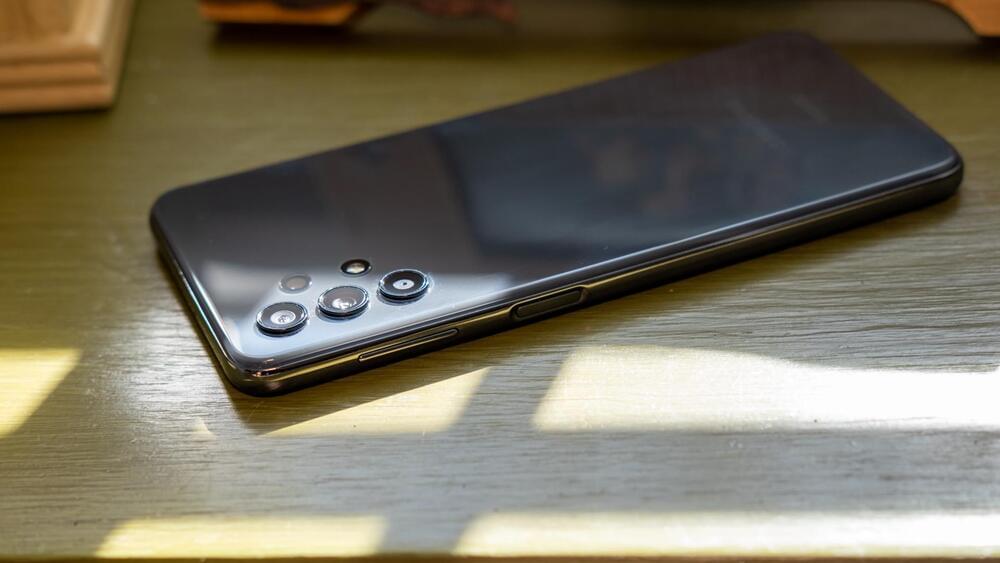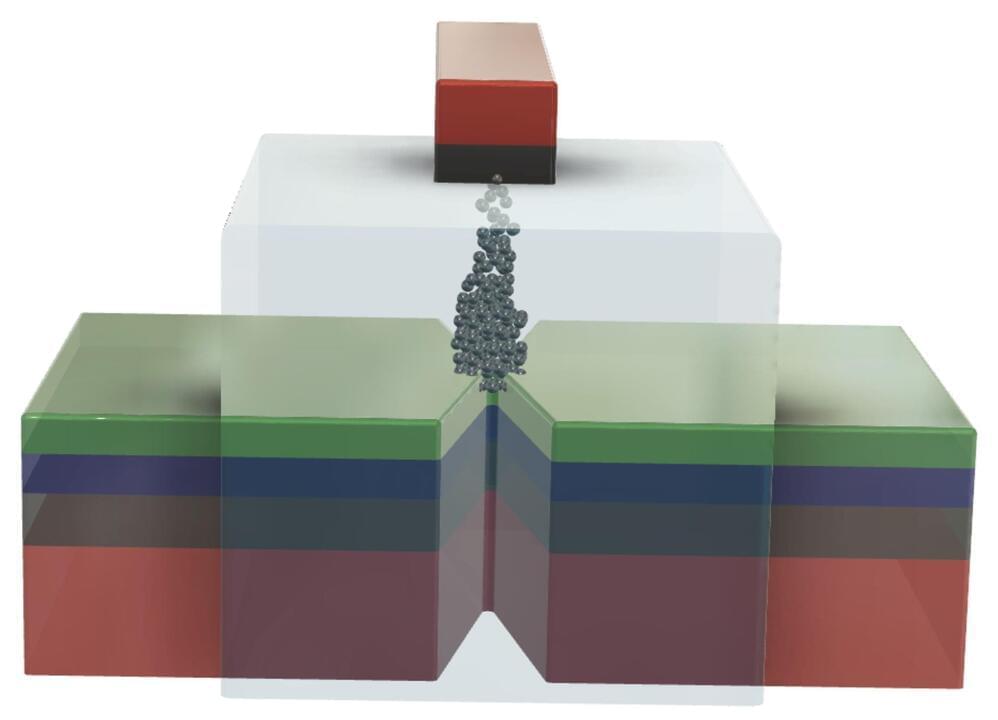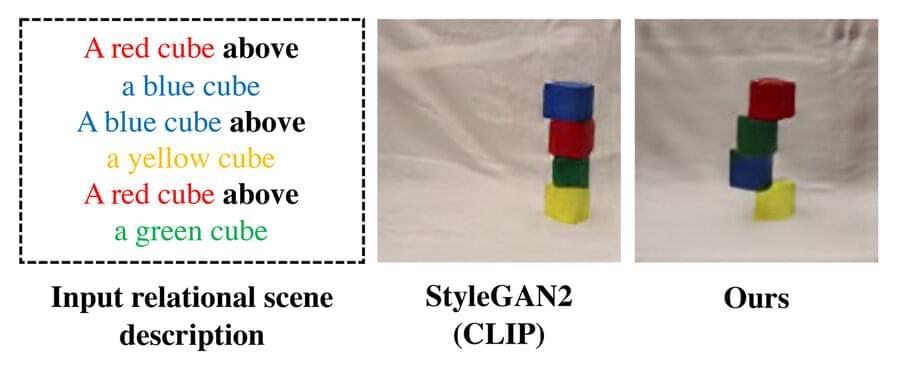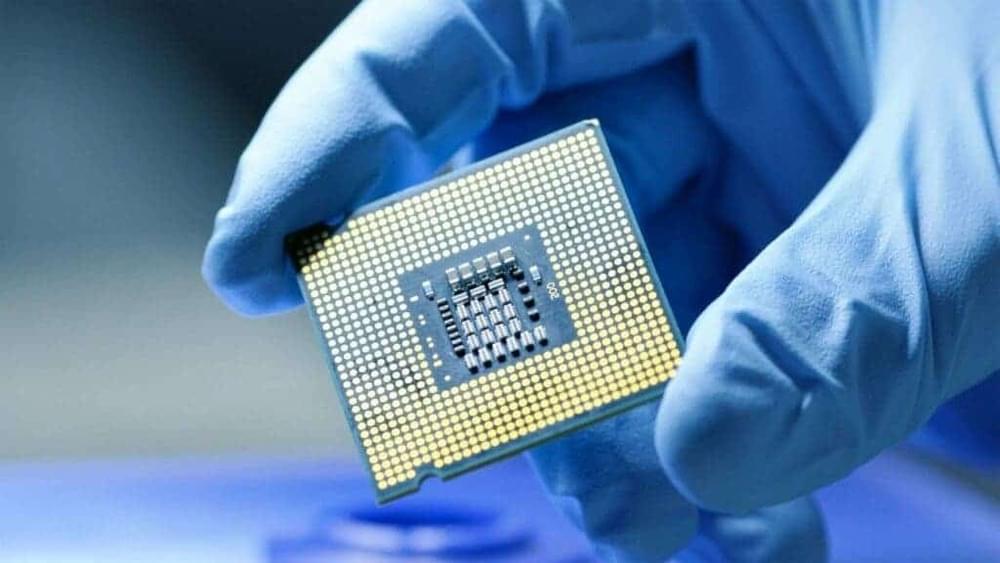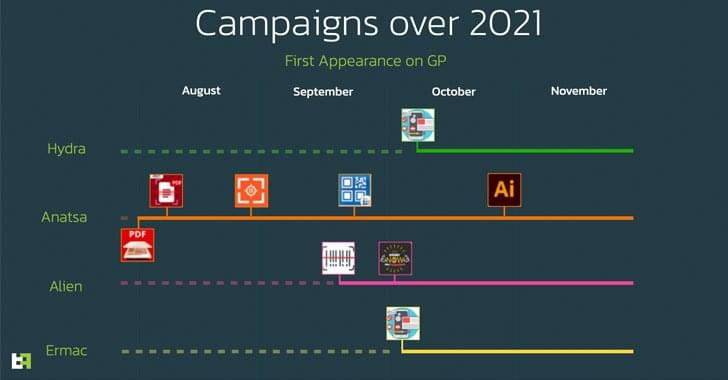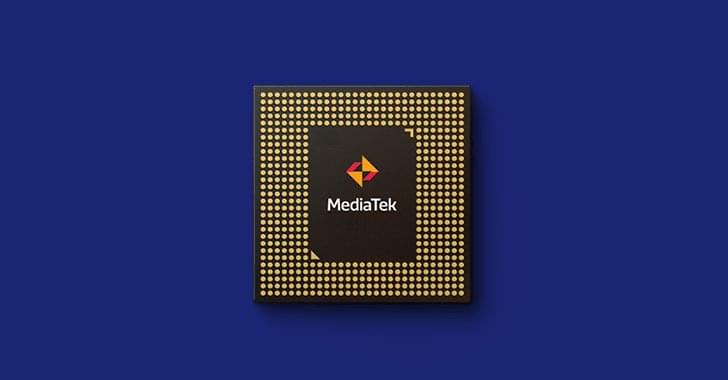Dec 2, 2021
Molecular device turns infrared into visible light
Posted by Johnathan Doetry in categories: biological, chemistry, mobile phones
Light is an electromagnetic wave: It consists of oscillating electric and magnetic fields propagating through space. Every wave is characterized by its frequency, which refers to the number of oscillations per second, measured in Hertz (Hz). Our eyes can detect frequencies between 400 and 750 trillion Hz (or terahertz, THz), which define the visible spectrum. Light sensors in cell phone cameras can detect frequencies down to 300 THz, while detectors used for internet connections through optical fibers are sensitive to around 200 THz.
At lower frequencies, the energy transported by light isn’t enough to trigger photoreceptors in our eyes and in many other sensors, which is a problem given that there is rich information available at frequencies below 100 THz, the mid-and far–infrared spectrum. For example, a body with surface temperature of 20°C emits infrared light up to 10 THz, which can be “seen” with thermal imaging. Also, chemical and biological substances feature distinct absorption bands in the mid-infrared, meaning that we can identify them remotely and non-destructively by infrared spectroscopy, which has myriads of applications.


